
Advertising Slogans for Real Estate Developers - 108 inspirations
...
Build the brand of the real estate development project and your brand as a developer. Build recognition, gain trust and customer loyalty.
At a time when the real estate market is becoming increasingly competitive, a good design and location are no longer enough.
Property investments today need something more — a strong, recognizable brand that inspires trust and stays in the memory. Branding has become a key tool that helps stand out from the competition, gives the investment its character, and creates an emotional bond with the client.
Regardless of the project’s scale, a well-planned image can significantly impact the sales pace and the perceived value of the entire investment.
In this article, we show how to take a strategic approach to branding so it becomes a real support in achieving sales success.
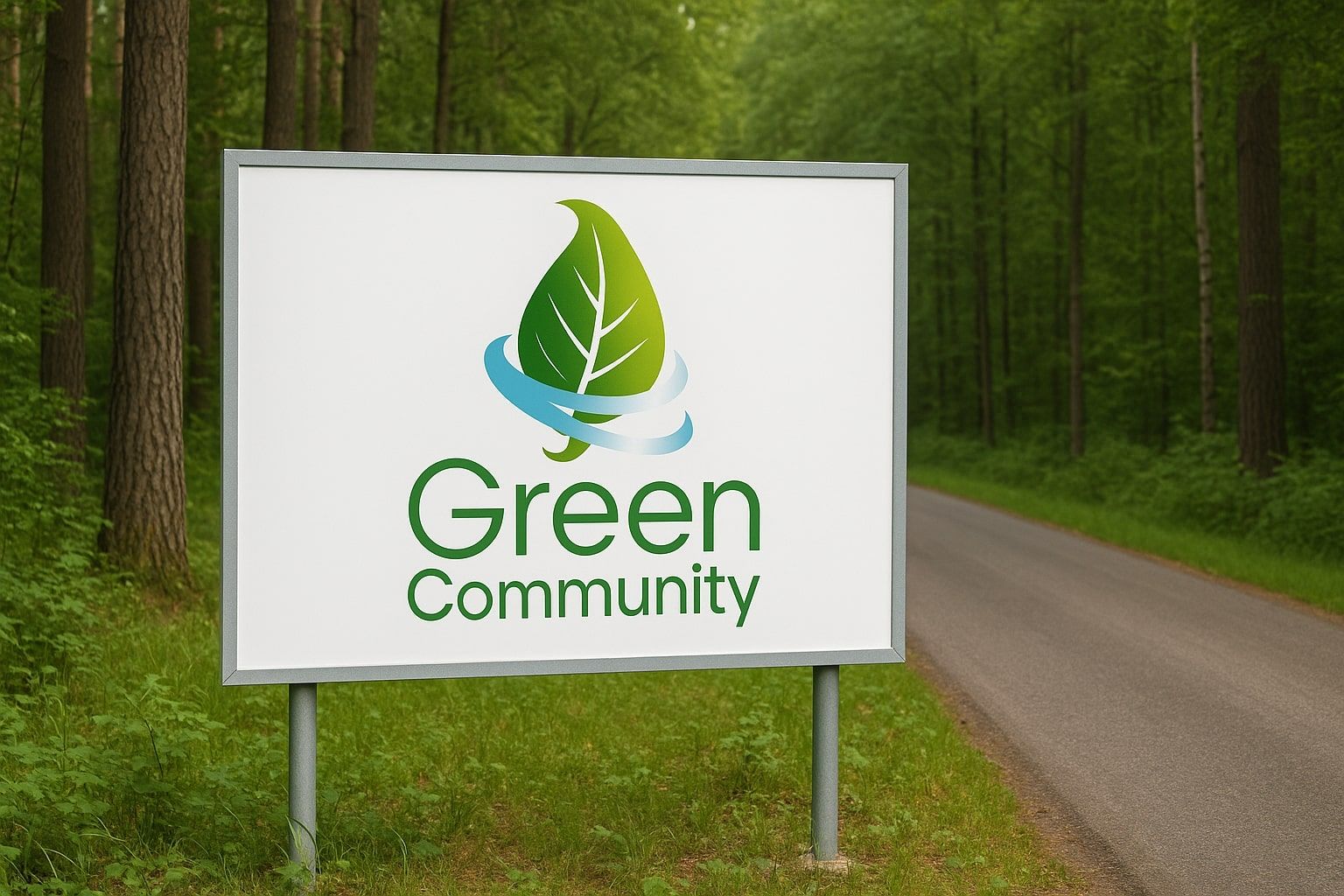
As with favorite brands such as Starbucks or Coca-Cola, quick recognition is critical. Through consistent branding, investors, real estate developers can ensure that their projects are easily recognized by potential clients and business partners.
When people are in need of or looking for a new place to live, a strong property development brand can trigger associations, reminding them of a particular residential community. This, in turn, can encourage potential residents to visit the project, learn more about it and decide to rent or buy the property.
A strong brand for a real estate developer and property development can convey credibility, professionalism and high quality projects. Customers often look for reputable real estate developers with good reputations, which can translate into greater trust and willingness to invest in their projects.
The real estate market is often competitive, and a strong brand can attract customers' attention and distinguish a development project from others. This gives you a competitive advantage and can increase your chances of quick sales success.
Maintaining customer loyalty is crucial to the success of a real estate developer and property development projects. For example, when you build apartments, it's important to ensure high-quality designs and excellent customer service at every stage of the process.
When potential buyers consider investing in your property, they expect solid construction, good finishes and a well-thought-out room layout. That's why it's important to ensure quality construction.
But customer retention doesn't end with the construction process itself. It is equally important to provide effective communication channels and adequate customer service after the purchase. Responding to inquiries, responding to comments or problems with properties, and providing additional services such as property management and after-sales service are all elements that increase customer satisfaction and build long-term relationships.
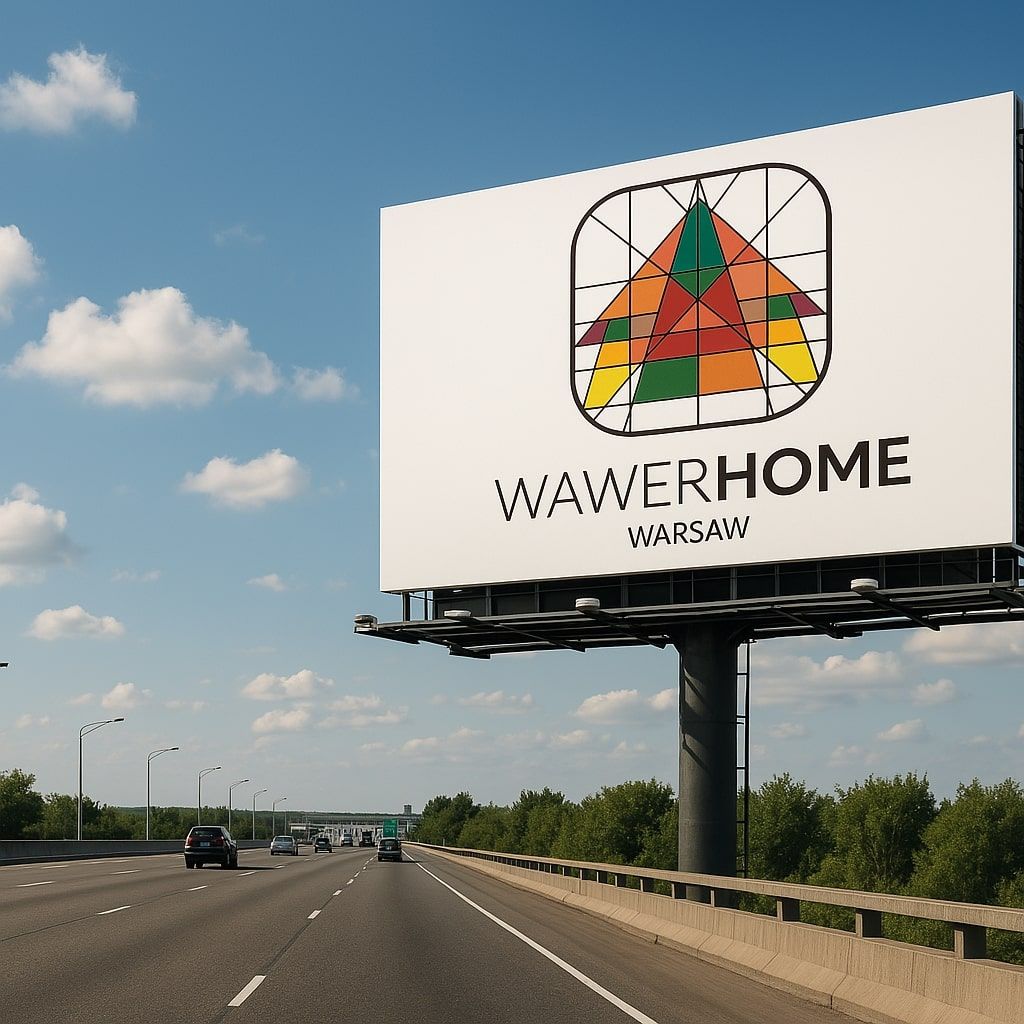
If you're still not sure if you need branding, then check out the following statistics:
These statistics illustrate the potential of investing in branding and the value it can bring to your business. Striving to build recognition, customer trust and loyalty can have a positive impact on your bottom line and business success.
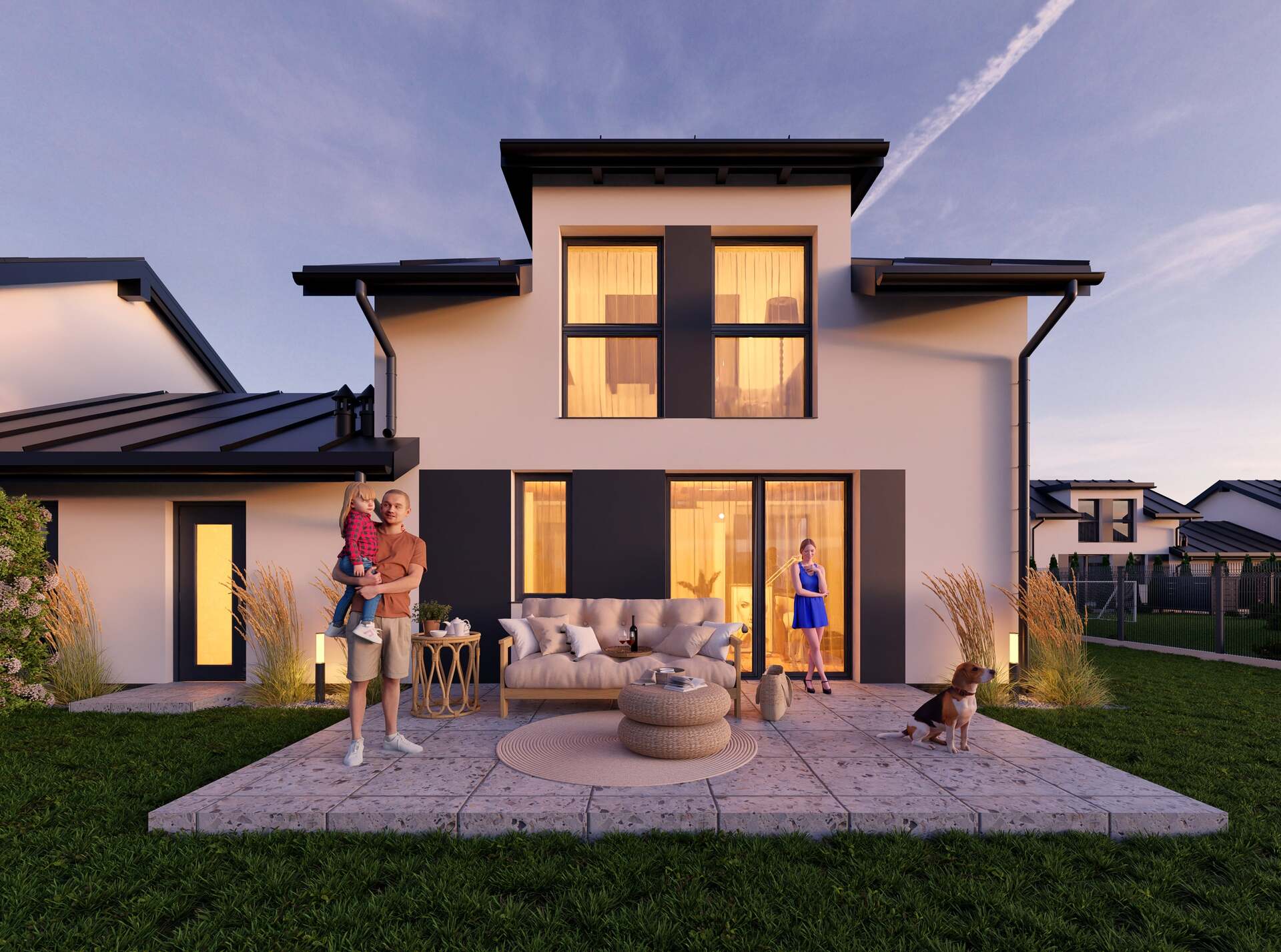
Before thinking about what your development project's brand identity is, it's worth first understanding your brand image, which basically describes the "personality" of your project.
Is it a luxury development? Environmentally friendly? Modern and elegant?
What makes it unique and sets it apart from other development projects?
Is it the unique location - for example, along the coast, in the city center, near hiking trails or surrounded by schools and universities?
Is it the high-end amenities, innovative design or family-friendly atmosphere?
Thinking through and defining the brand identity of your development project will allow you to better understand how to present it to potential customers. You will be able to focus your marketing efforts on its unique features and advantages.

Once you have established the image of your development project, you can create its brand identity - which includes:
Brand identity is how your project will be perceived by potential clients in all marketing efforts.
Branding a development project is a way to create consistency across all marketing activities. It ensures that your project will be easily recognized by your target audience and, more importantly, comes to mind when someone is considering buying in the primary market.
Here are some questions to help you build your brand identity and image:
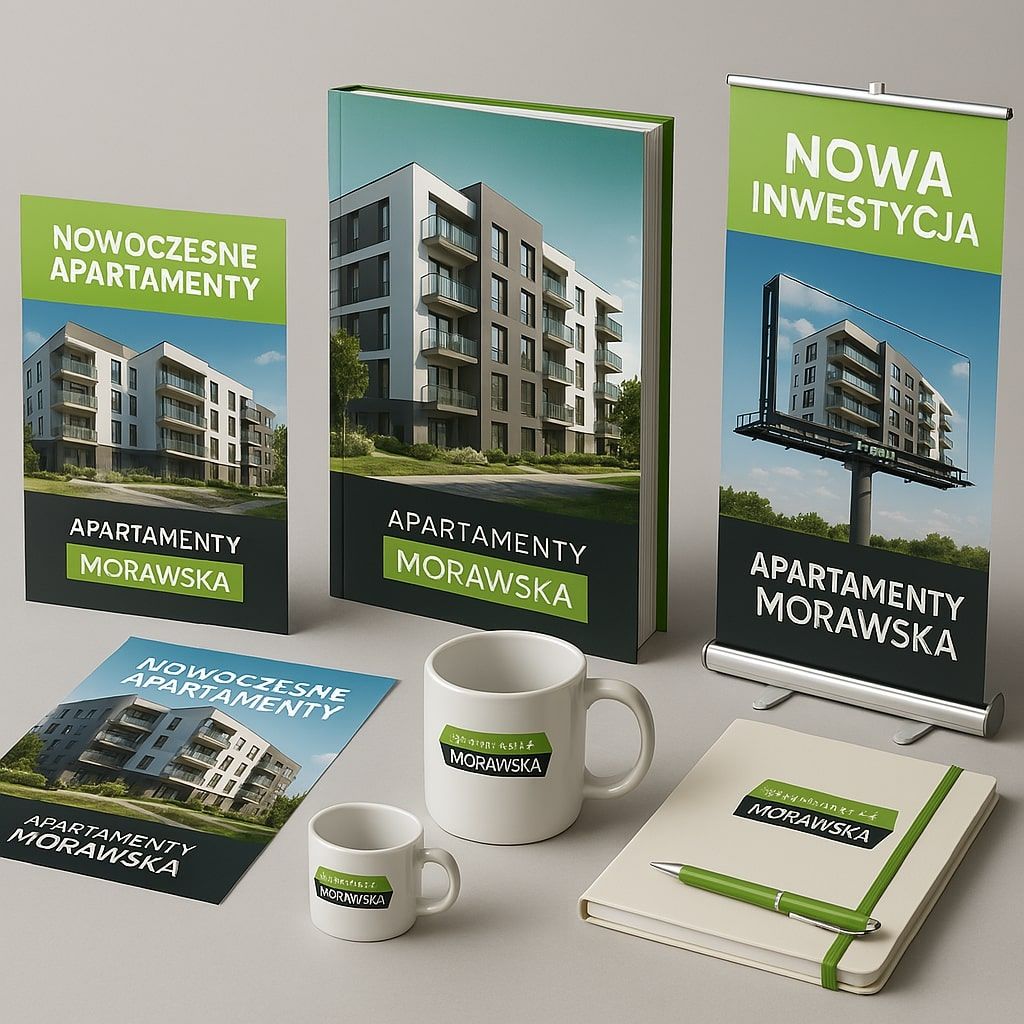
Once you have established a strong brand image, you can begin the process of conceptualizing and developing a visual identity to support it - including a logo, color palette, font and shapes that will be used in all of your marketing materials, from your website to printed materials and visual signage.
Creating a solid visual identity is critical because it helps you build brand recognition and stand out in the competitive property development market. When your brand has a consistent image, it becomes more attractive to potential customers and investors.
The first step is to develop a logo to represent your brand.
The logo should be unique, easily recognizable and reflect the values and mission of your real estate development company. Remember that the logo will accompany you on a variety of mediums, from websites to advertising materials, so it must be scalable and readable in all formats. Choosing the right real estate development logo is a crucial step in building a strong and trustworthy brand identity
Next, focus on choosing the right color palette to represent your brand.
Colors have a huge impact on customer perception and emotions, so choose ones that will harmonize with your brand values and attract attention and inspire trust.

It's worth remembering that the meaning of colors can vary depending on cultural context and personal associations, so it's important to carefully match colors to the values and goals of your development brand.
Another important element is the right choice of font.
Choose a font that is readable and reflects the character of your brand. Try to maintain consistency in the use of fonts across all your marketing materials to achieve a uniform look.
Also, don't forget about the shapes that will be used in your marketing materials. Shapes can add dynamism and visual interest to your property development.
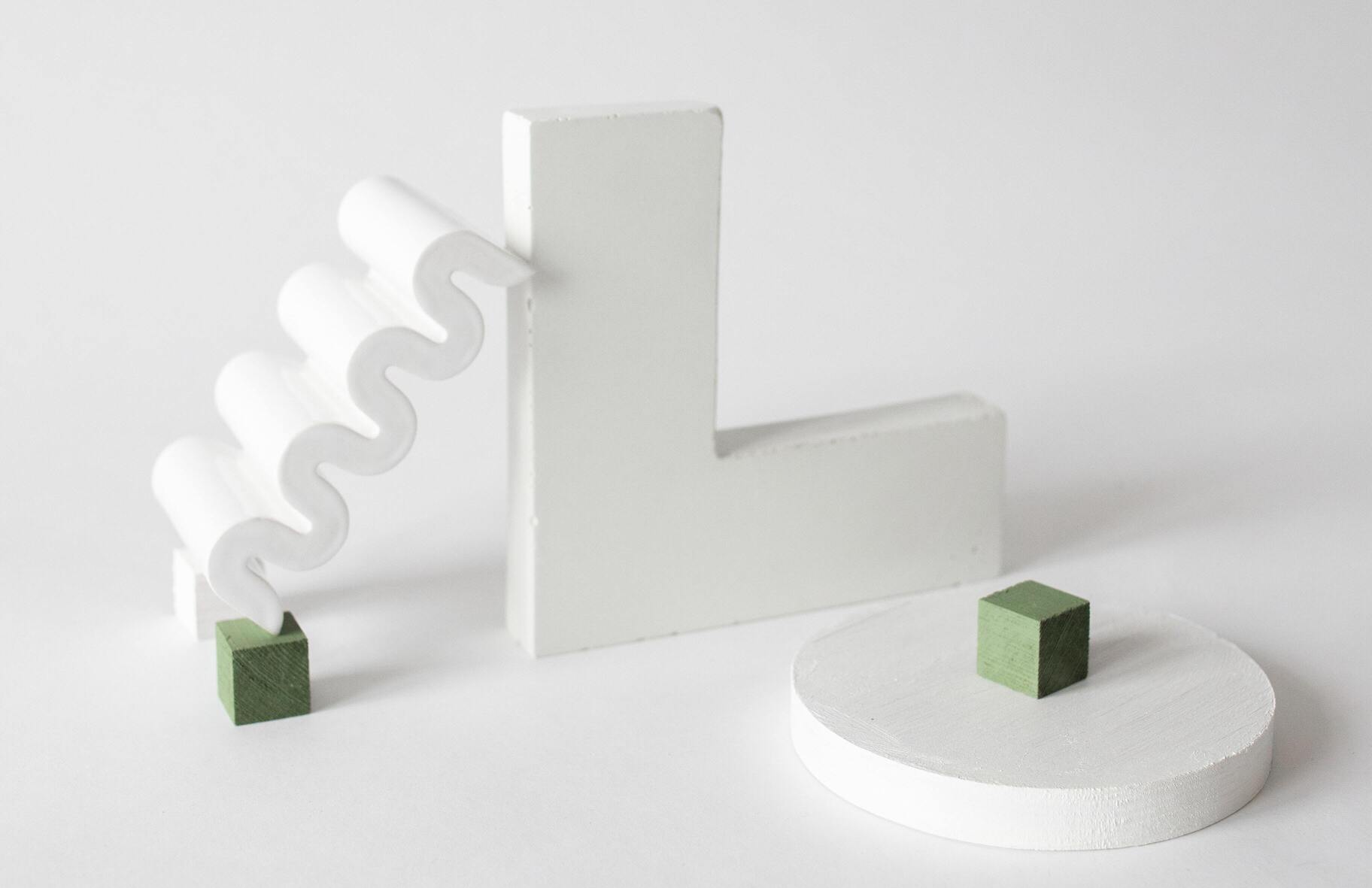
Building a consistent visual identity is a process that takes time and attention, but the results are significant. When your brand has a strong image and a consistent visual identity, you become a recognizable player in the property development market. This will be key to attracting clients, investors and building trust among the development community.
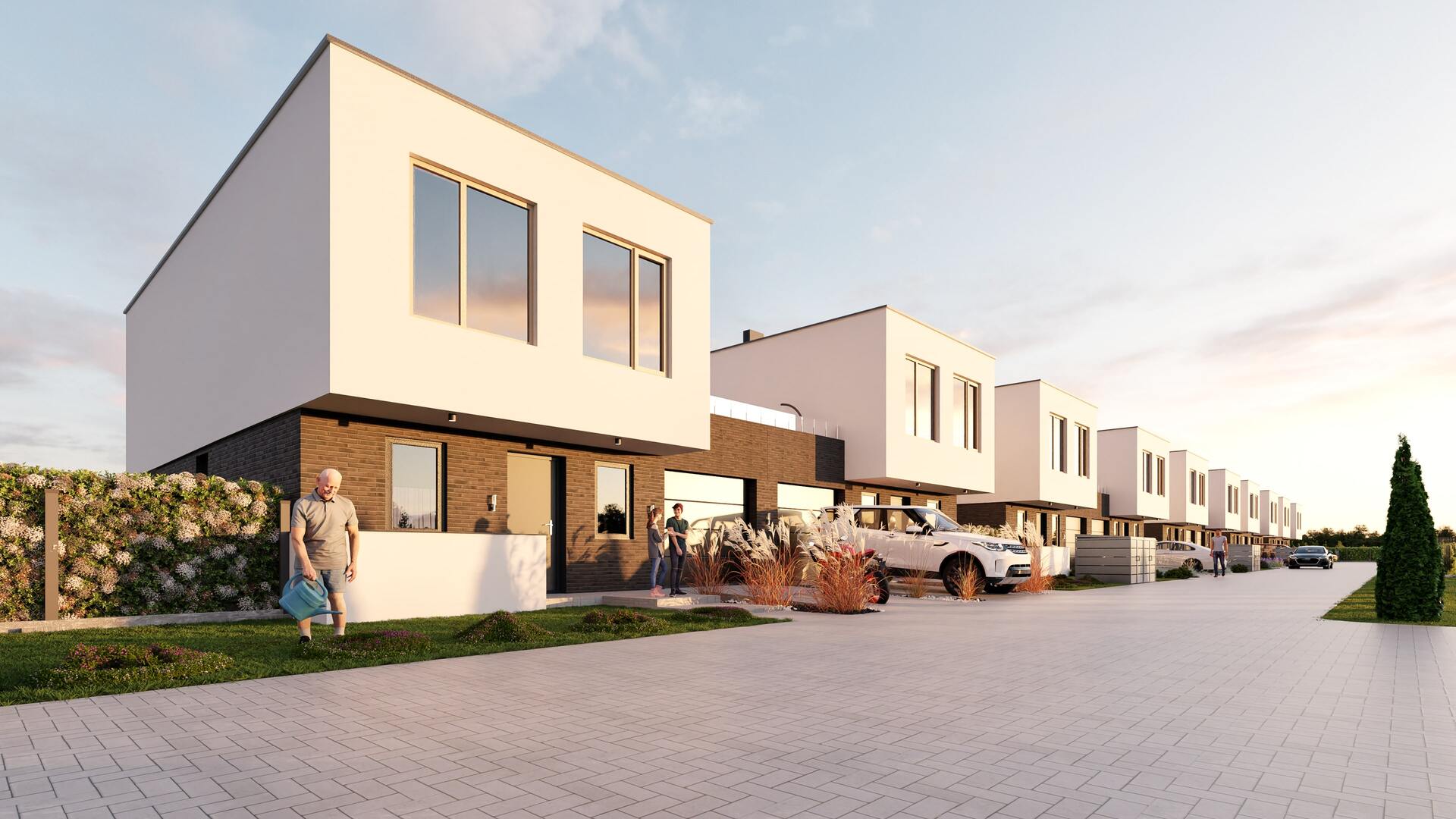
Just as important as visual identity is the brand voice of your investment and company. To effectively communicate your message, it's essential to understand your audience and communicate in their language.
The tone of voice must also reflect the identity of your community - for example, upscale apartments are likely to have a different tone than a trendy, urban loft space.
Here's a list of adjectives to describe different types of tone. Choose three that best fit your development, and make sure your copywriters can maintain that tone across all communication channels:
When planning the communication of your property development brand, it is also worth considering the specific words or phrases you want to use in each text. Create a list with recommendations for the use of specific words in a given conctext.
Additionally, a good and specific slogan to accompany your logo can help build a solid identity for your brand. A slogan is a short sentence that summarizes what your estate offers. A slogan should be catchy and strong - so that it grabs a potential resident's attention while quickly conveying who you are.
Check out our article: Advertising Slogans for Real Estate Developers & Agencies - 108 inspirations
In summary, branding for a property development requires analyzing the market, identifying unique features, designing the logo and overall visual identity, establishing the tone and style of communication, creating marketing content and building brand awareness. Monitoring and adjusting the strategy is key to maintaining a strong brand in the market.
It helps stand out in a competitive market, builds recognition, trust, and accelerates the client’s decision-making process.
A consistent and professional image inspires trust, conveys a sense of quality and predictability – qualities that are extremely important when purchasing real estate.
A Unique Selling Proposition (USP) shows what makes the investment different from others. It could be the location, finish standard, architecture, or benefits for future residents.
Primarily the name, logo, slogan, color palette, typography, and tone of communication – all must be consistent at every stage of communication.
At least 3–6 months before the start of sales – this allows time to refine all elements and implement them in promotional activities.
From 3 to 6 months – depending on the number of involved parties and the scope of materials. The earlier, the better.
The name should be short, easy to remember, linguistically neutral, and evoke positive associations. It’s also worth checking domain availability.
A minimalist logo is legible in various formats, memorable, and looks good on all materials – from the website to banners.
It’s a document describing the rules for using the logo, fonts, colors, and their applications. It ensures all agencies or contractors maintain visual consistency.
Lack of consistency in colors and fonts, inconsistent materials, too many different graphic styles, and randomly placed logos.
Website, social media, Google Ads, outdoor, email marketing, video, virtual tours, and content marketing.
Yes – especially with precise campaign targeting within a 20–30 km radius and proper redirection to an optimized website.
Most effective are: a modern website, videos (e.g., reels), SEO, Google campaigns, 360° virtual tours, and email marketing.
Small investment: USD 1,800–3,800/month, medium: USD 5,100–10,200/month, large: over USD 12,700/month. Costs depend on the campaign scale and market competition.
By analyzing website traffic, number of leads, campaign conversions, ad CTR, social media engagement, and final Return on Investment (ROI).
Book a free consultation.
Sign up now for our free RendProletter and receive 1 email every week with a short summary of the best posts from our blog and emails with unique offers you won't find anywhere else!